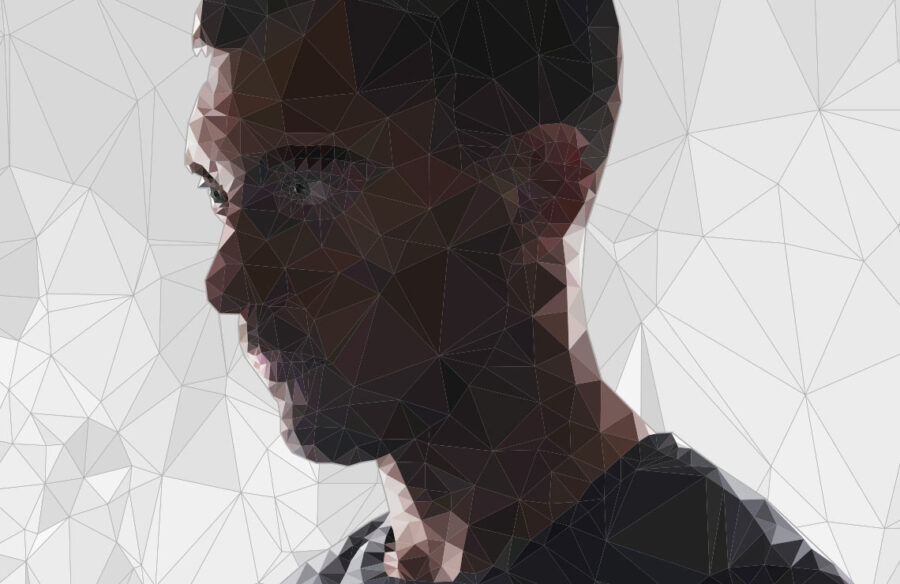
Enter the Metaverse
Facebook is hiring 10,000 people to work on it. The Metaverse is no longer science fiction – some say it’s the next Internet.
Throughout the last few decades, much of what we previously considered science fiction has become more science than fiction. We may not have flying cars yet but asking your fridge to create a grocery list is an everyday occurrence. And – as has been stated so many times before – our precious smartphones have more processing power than NASA did when it sent Neil Armstrong and Buzz Aldrin to the moon. So it shouldn’t come as a surprise to us when terms like “the metaverse” are no longer constrained to The Matrix and Ready Player One. But before we look at how the metaverse will impact our future, let’s understand it.
A futuristic virtual world
The term “metaverse” was coined by author Neal Stephenson in his 1992 novel “Snow Crash”. He used the term to refer to a 3D virtual world inhabited by avatars of real people. The term comes from “meta” (beyond) and “verse” (from universe), and it is typically used to describe a futuristic virtual world on the internet in some form. Still, the term, as it pertains to an actual, real-world phenomenon, doesn’t really have a universally accepted definition.
Venture capitalist and author of “The Metaverse Primer”, Matthew Ball, writes that “The Metaverse is best understood as ‘a quasi-successor state to the mobile internet’”. This is to say, it’s a technology that will completely change how we operate in the world but also take a long time to develop based on many different, secondary innovations and inventions.
Since metaverse is not a completely developed term with a clear definition, it’s tricky to pin down, but I’ll give it my best shot. Currently, as far as we can define it, the metaverse looks like a successor to the internet in which its users are more tangibly connected to the virtual experiences taking place there. That could be via everything from voice interfaces, to VR headsets and haptic wearables.
We’re already unlocking our phones via facial recognition and buying digital art via non-fungible tokens.
In the long run, it is believed that all of these experiences will be connected and collected in the metaverse, just like the internet is the collection of a vast universe of 2D websites. The Verge has broken down the parts of the metaverse that most excite the tech industry right now, things like “real-time 3D computer graphics and personalised avatars,” and “a variety of person-to-person social interactions that are less competitive and goal-oriented than stereotypical games.”
Previously mentioned author Matthew Ball believes that the metaverse will have as big of an impact on our daily lives as the electricity revolution and the mobile internet. It’s also an interaction of the same kind – the internet (and its iterative version, the mobile internet) couldn’t have happened without the electricity revolution, and the metaverse couldn’t happen without the internet.
Ball writes that the “metaverse iterates further by placing everyone inside an ‘embodied’, or ‘virtual’ or ‘3D’ version of the internet and on a nearly unending basis. In other words, we will constantly be ‘within’ the internet, rather than have access to it, and within the billions of interconnected computers around us, rather than occasionally reach for them, and alongside all other users and real-time”. Facebook CEO Mark Zuckerberg, who is a big proponent of the metaverse, has described it as “an embodied internet”.
10,000 new workers
His plan is to shift Facebook from a social media company to a metaverse company, and he’s already put this plan in motion. The company will change its name – the social network will keep Facebook but the parent company will be renamed, much like Google’s approach with its parent company Alphabet. This could be to avoid the less than stellar reputation linked to Facebook, but it also symbolises the shift in course. Zuckerberg plans to employ 10,000 new workers in Europe to join the company’s components and create this metaverse.
Now, that all sounds very sci-fi. But it’s really just the next step in the development of things we already take for granted. We’re already unlocking our phones via facial recognition and buying digital art via non-fungible tokens. Admittedly, it feels more far more far-fetched that we’ll be having our team meetings remotely via VR setups, sitting on our couches at home while appearing at a conference table in a virtual space with our colleagues.
Independent tech analyst Benedict Evans explained the current discourse around the metaverse like “standing in front of a whiteboard in the early 1990s and writing words like interactive TV, hypertext, broadband, AOL, multimedia, and maybe video and games, and then drawing a box around them all and labelling the box ‘information superhighway’”. Essentially, we’re merging tech and concepts such as augmented reality, virtual reality, mixed reality, gaming, cryptocurrencies, non-fungible tokens and more, under one umbrella.
Connectivity is the key difference
I’ve started thinking about the theory of the metaverse like electricity. The idea is that we’ll be using it so naturally in our daily lives, when swapping our glasses for AR glasses with interactive screen overlays, that we don’t even think about it unless it goes down. As I mentioned before, we already use an extended internet, in which our physical bodies, voices and gestures are connected to our devices (think face scans, voice assistants, and VR). The metaverse is the extension of this. Perhaps we’ll all have virtual avatars representing ourselves online, for which we buy virtual designer clothes and virtual bespoke art pieces with non-fungible tokens.
The key difference between that and what we have today is connectivity – between ourselves and the virtual world, and between the many different existing virtual worlds. Especially following the giant disruptor that is the Covid-19 pandemic, the need to physically engage with other people is huge, but so is the need to connect with people over vast distances in just a matter of seconds. The metaverse could be a merging of the two needs.
The major challenge with this, of course, is that not everyone has access to the tech fuelling this development – a lot of people don’t even have access to a reliable internet connection. Just as the smartphone accelerated the mobile internet, other personal devices will be the driving forces of the hypothetical metaverse. The smartphone is relatively accessible for the majority of people today, but that wasn’t the case when ideas about a mobile internet arose. Just like all other technical developments throughout history, the metaverse will surely develop into something completely different than how we first imagine it now. But until then, I’ll look forward to meeting your avatar form in my virtual palace filled with non-tangible art in the near future.

Camilla Buch
Advisor Editorial Content
Years in Schibsted: 1.5
